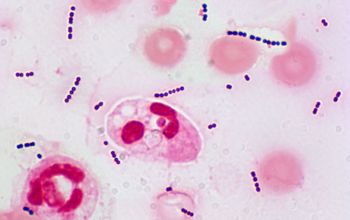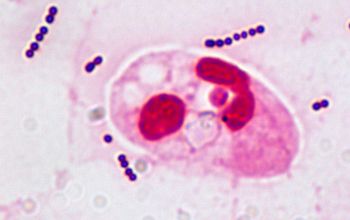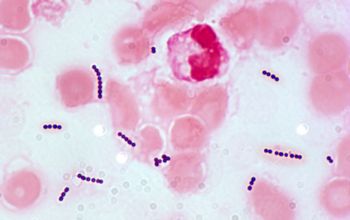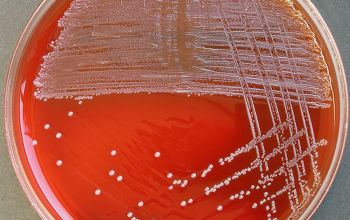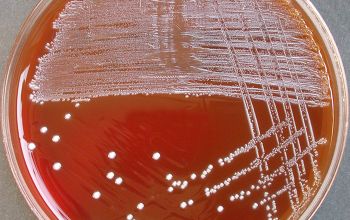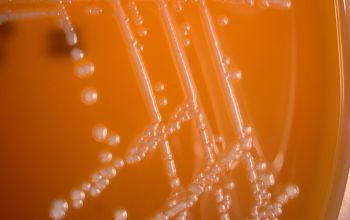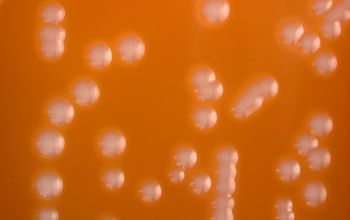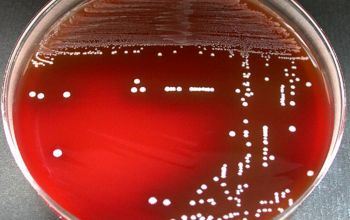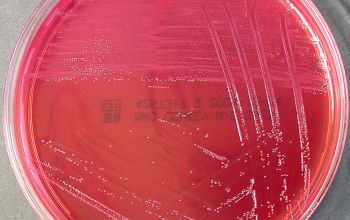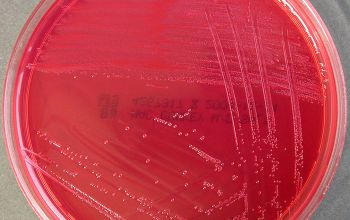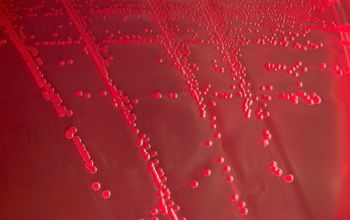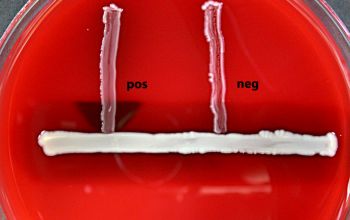Streptococcus agalactiae
-
General information
Streptococcus agalactiae = Lancefield Group B
Taxonomy
Family: Streptococcaceae
Natural habitats
Isolated from human urogenital tract and intestine
Clinical significance
They are the cause of invasive neonatal infections.
Neonatal infections present as two different clinical entities
- early onset neonatal disease, characterized by sepsis and pneumonia within the first 7 days of life
- late onset disease with meningitis and sepsis between 7 days and 3 month of age.
The most important risk factor for the development of invasive neonatal disease is the colonization, urogenital by S.agalactiae, which is found by pregnant women
Infections of adult patients may be observed as postpartum infections or in immunocompromised adult patients with alcoholism, diabetes mellitus, cancer or AID’s.
The spectrum of infections in adult patients includes pneumonia, bacteremia, endocarditis, urinary tract infections, skin and soft tissue infections and osteomyelitis
-
Diseases
-
Gram stain
Gram positive streptococci,
grouped in pairs, short to long chains
Liquid medium,
they are found in the form of chains of different lengths.
They namely divide into one direction
-
Culture characteristics
-
Beta-hemolytic streptococci of the pyogenic group (S. pyogenes, S. agalactiae, and S. dysgalactiae ssp equisimilis) form colonies > 0.5 mm
Viridans streptococci form colonies < 0.5 mm
Facultative anaerobic
5% CO2 improves the growth
BA: colonies > 0.5 mm after 24 hours of incubation
They appear grey or almost white, moist or glistening.
S. agalactiae produces the largest colonies with a relative small zone of hemolysis.
McConkey: growth
BBAØ: growth
-
-
Characteristics
-
References
James Versalovic et al.(2011) Manual of Clinical Microbiology 10th Edition
Karen C. Carrol et al (2019) Manual of Clinical Microbiology, 12th Edition

